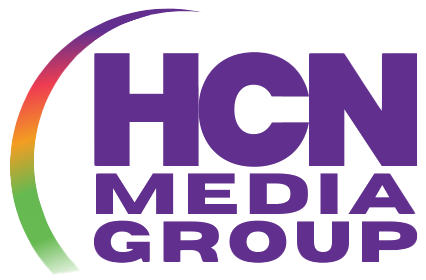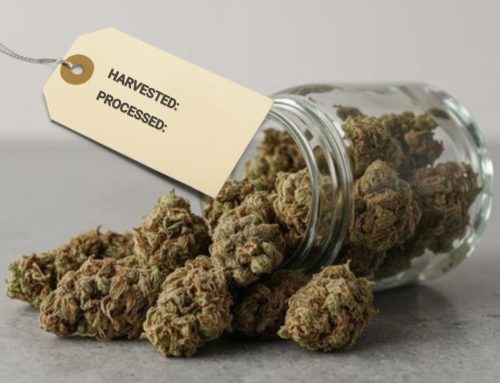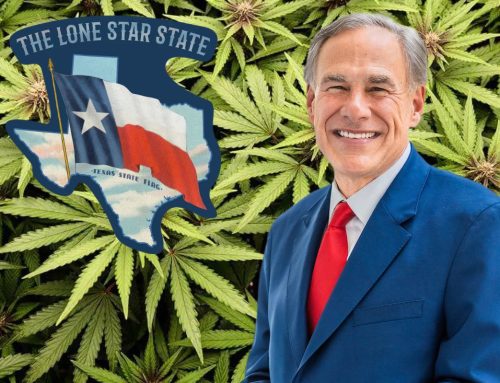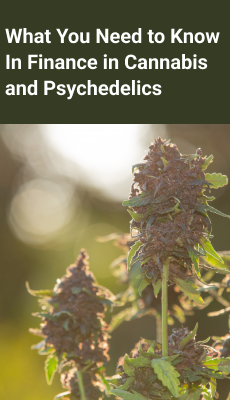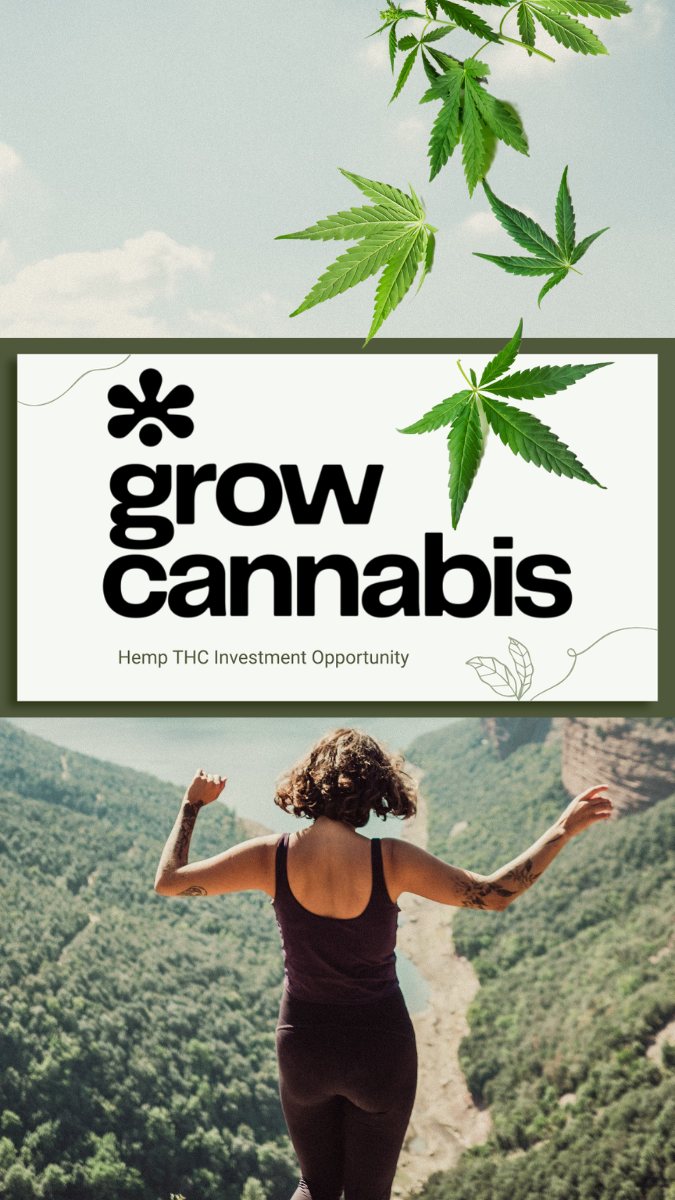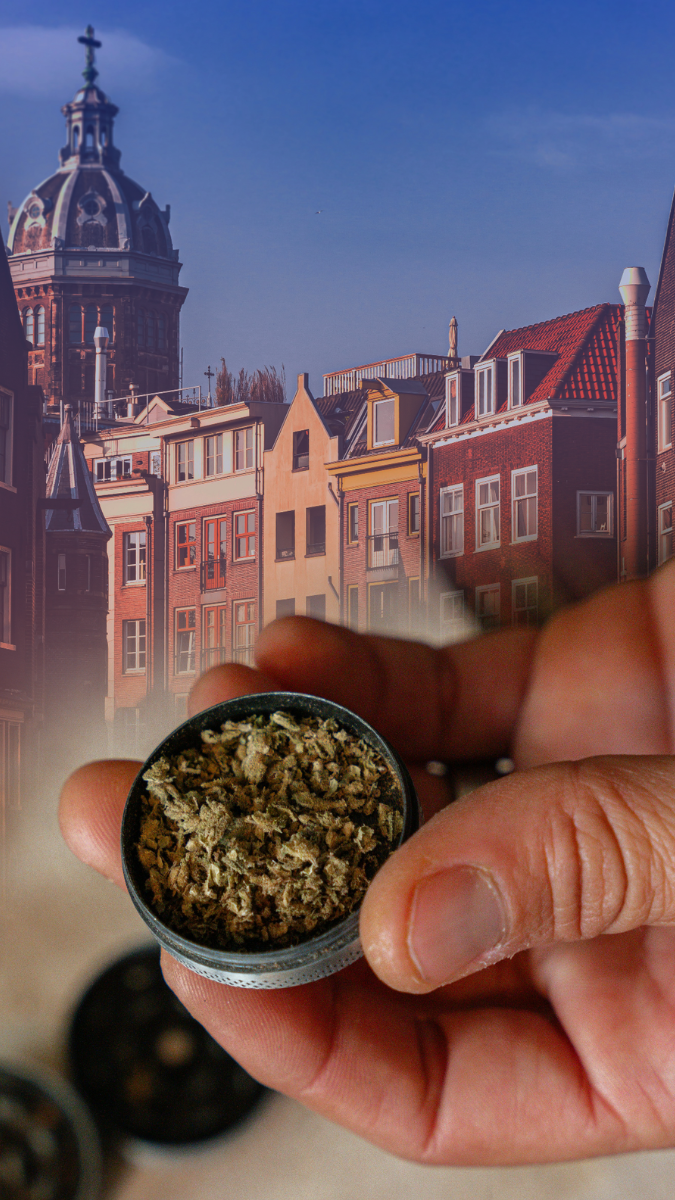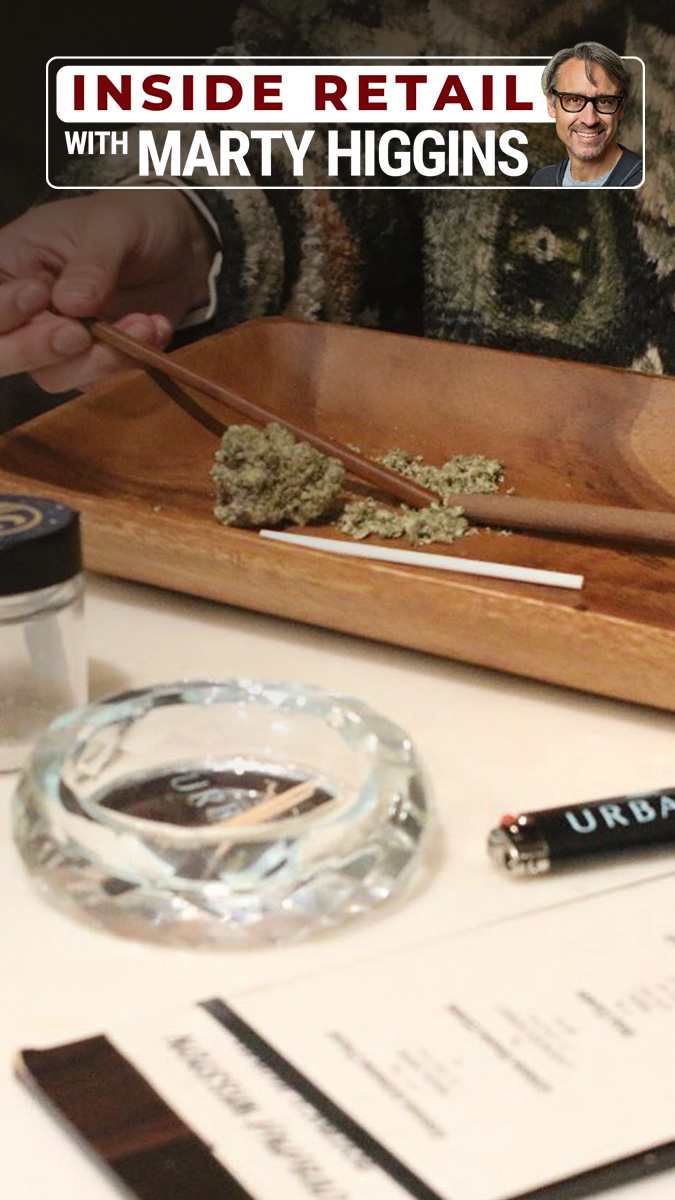New York Updates Cannabis Packaging, Labeling, and Advertising Regulations
NEW YORK – The New York State Cannabis Control Board finalized amendments to its packaging, labeling, marketing, and advertising regulations, marking a significant step in refining the state’s adult-use Cannabis market. The changes aim to enhance consumer safety, curb youth appeal, and promote environmental responsibility, while offering operators clearer guidelines for compliance.
The adoption follows months of public input on proposals first outlined in July, building on initial 2022 rules that set foundational protections for public health and waste reduction. At its core, the update mandates child-resistant, tamper-evident, and resealable packaging for multi-serving products, alongside prohibitions on designs that might draw in those under 21 like cartoonish graphics or candy-like scents. Plastic components now require at least 25% post-consumer recycled content, with licensees obligated to file sustainability plans upon application and revise them within two years to cut plastic reliance further.
Labeling sees expanded requirements too. Principal displays must spotlight total THC and CBD levels in milligrams per serving, list major allergens in bold and include scannable QR codes linking to lab analyses. Warnings [covering addiction risks, pregnancy cautions, and poison control contacts] must rotate and appear in bold, 6-point font minimum. These measures address gaps in prior standards, where inconsistent potency disclosures led to consumer confusion in a market now boasting over 500 dispensaries statewide.
On the advertising front, the rules tighten restrictions without fully stifling promotion. Billboards remain off-limits, and outdoor signs are capped at two per retail site, limited to basic business details. Digital campaigns demand age-gating and 90% adult audience verification, while event sponsorships allow modest branding but ban youth-oriented giveaways. Claims like “organic” face strict substantiation, echoing federal guidelines to prevent misleading pitches.
From an industry perspective, these adjustments strike a measured balance. They impose upfront costs [estimated at 10-15% higher for compliant packaging by some operators] potentially squeezing margins for smaller licensees in a state where licensing delays have already frustrated equity applicants.
Critical analysis reveals a trade-off. While youth protection aligns with national trends seen in California’s flavor bans, New York’s recycled-content mandate could spur innovation in eco-friendly materials, positioning the state as a leader in sustainable Cannabis practices. Data from similar updates in Colorado show a 20% drop in underage exposure incidents post-implementation, suggesting long-term gains in market legitimacy outweigh short-term hurdles.
Yet questions linger on enforcement. The Office of Cannabis Management must now scale inspections amid a licensing surge to ensure uniform application. Non-compliance penalties, including product recalls and ad takedowns, could hit repeat offenders hard, underscoring the need for robust guidance from regulators.
As New York’s Cannabis sector matures into its fifth year under the Marihuana Regulation and Taxation Act, these adopted rules reinforce a framework that prioritizes accountability over unchecked expansion. For operators, the message is clear: adapt swiftly to safeguard growth in a $2 billion market. Looking ahead, success will depend on how well the state pairs these standards with streamlined support, ensuring the industry’s promise reaches all corners of the Empire State without leaving newcomers behind.










